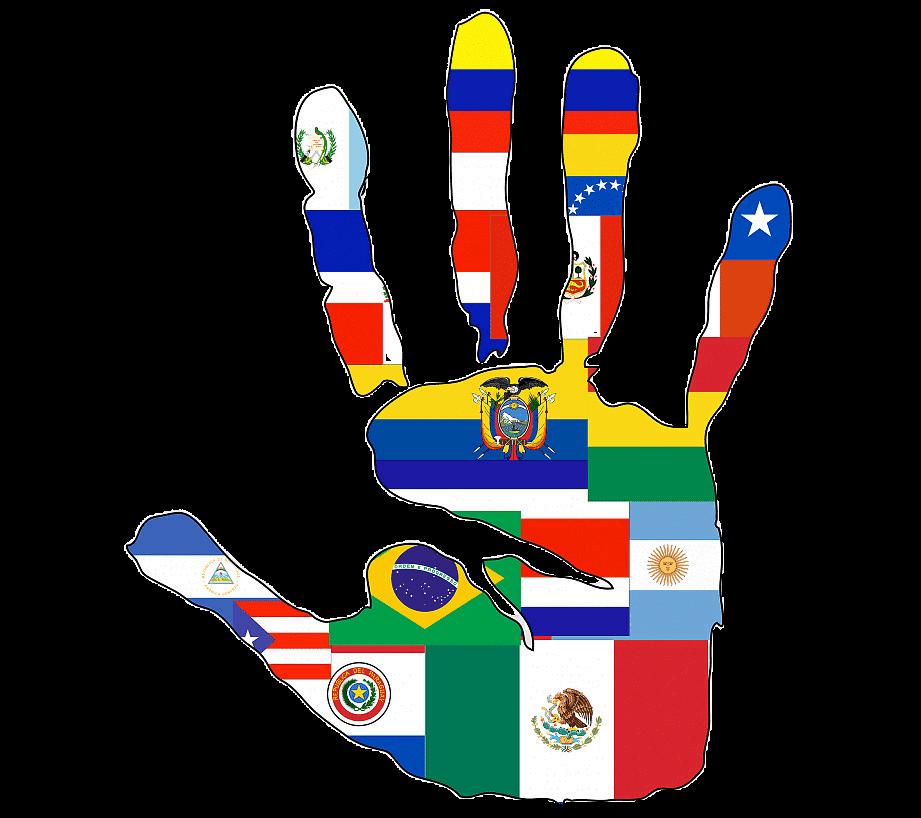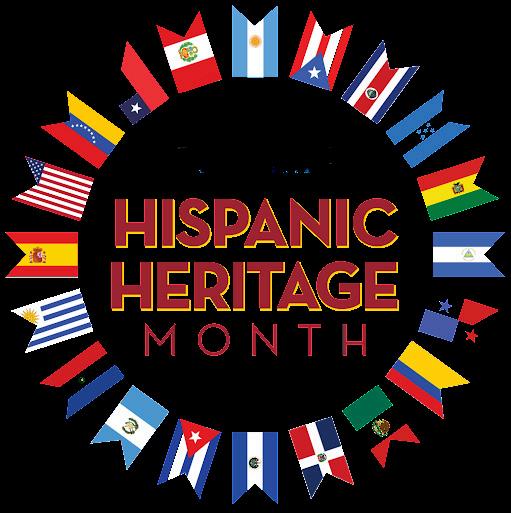




Let's honor the richness of culture through the joy of food, acknowledging the chefs, recipes, and stories that have enriched our tables and lives. Indulge in a month of delectable delights as we pay tribute to Hispanic/Latino excellence in every dish.


The City of Chamblee's Community Engagement Department has launched its Heritage Month Recipe Book series to celebrate diverse flavors and cultures found in our community.
Immerse yourself in a culinary journey featuring treasured recipes from community members.
Each dish is a reflection of unique traditions and stories.
Proposed Recipe Books:
November - Native American
February - Black History
May - Asian, Pacific Islander, Desi American
April - Arab American
September/October - Hispanic & Latino
June - Immigrant Heritage
If you would like to submit a recipe submission or propose a heritage month recognition, please contact jduarte@chambleega.gov.
SERVING: 4
RECIPE CREDITS: Josh Duarte, Cultural Affairs Program Coordinator

• 4 cups of water
• 1 cinnamon stick
• 2 oz piloncillo or dark brown sugar
• whole cloves
• star anise
• 1/2 cup ground coffee
• in a medium-sized pot, bring the water, cinnamon stick, piloncillo, cloves, and star anise to a boil.
• stir until the piloncillo is dissolved.
• remove the pot from the heat and add coffee and stir.
• let steep for about 5 minutes.
• after steeping, strain the coffee and serve.
Café de olla translates to "pot coffee." it was invented in Mexico but there is little information on why or when. However, a popular theory is that it was created during the mexican revolution in the early 20th century for the country's soldiers.
unlike regular coffee, Café de olla is traditionally brewed in a clay pot that imparts a unique earthy taste. Each recipe differs from family to family, and there is often major changes from region to region.

Café de olla is one of my favorite drinks to enjoy with family. though we're far from home, the rich taste connects me to shared laughter and love, as if family we're a breath away.

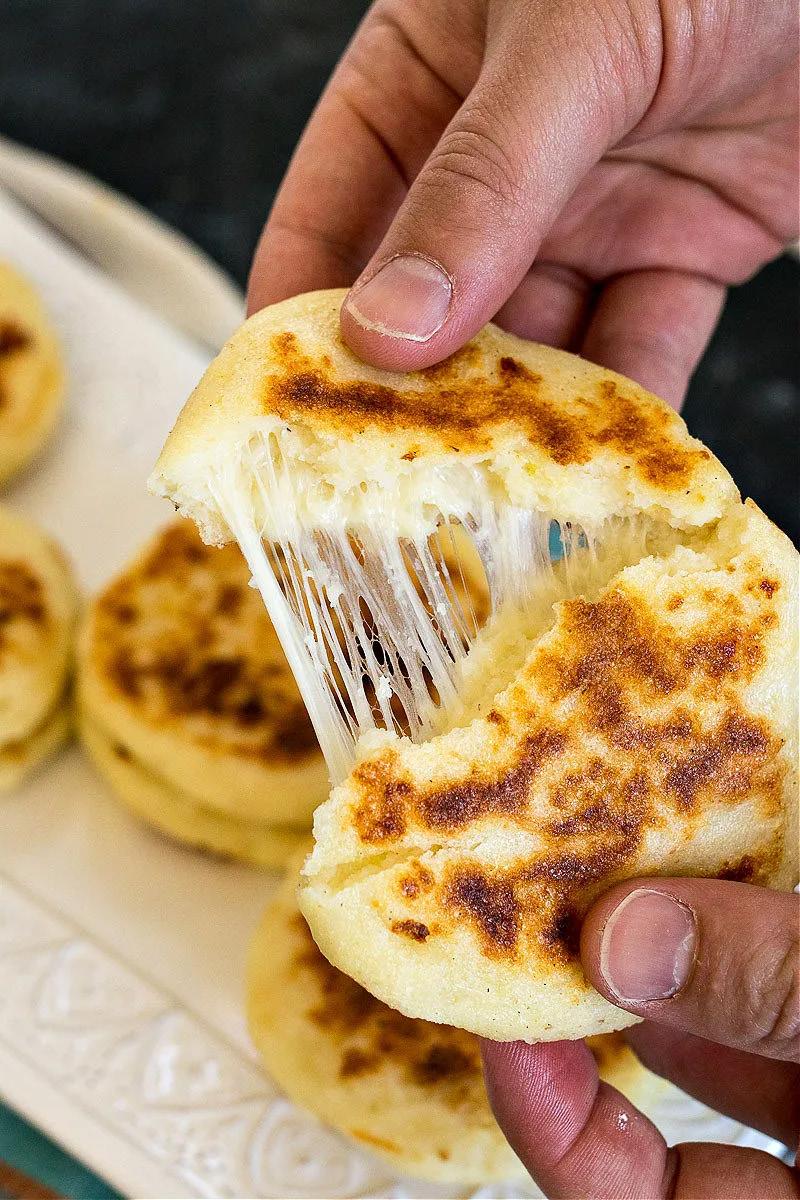
RECIPE CREDITS: Sweet y Salado
Arepas are a staple in both Venezuelan and Colombian cuisine, with a rich history that dates back thousands of years to the indigenous peoples of northern south america.
the name "arepa" comes from the indigenous word " erepa ," which means corn, a core ingredient in the diet of these ancient civilizations.
Despite regional differences, arepas continue to be a symbol of national identity and cultural pride for both countries.
• 2 cups precooked cornmeal
• 2.5 cups of warm water
• 1 tsp salt
• 1 tbsp vegetable oil (for frying/grilling)
• 2 cup shredded mozzarella cheese
• In a large bowl, combine the cornmeal and salt.
• slowly add the warm water, mixing with your hands until a smooth dough forms.
• Divide the dough into equal portions.
• roll each portion into a ball, then flatten it into a round patty about 1/2 inch thick.
• Heat a griddle or skillet over medium heat and lightly grease it with oil.
• cook the arepas for 5-7 minutes per side, until they are golden and form a crispy crust.
Serving: 4
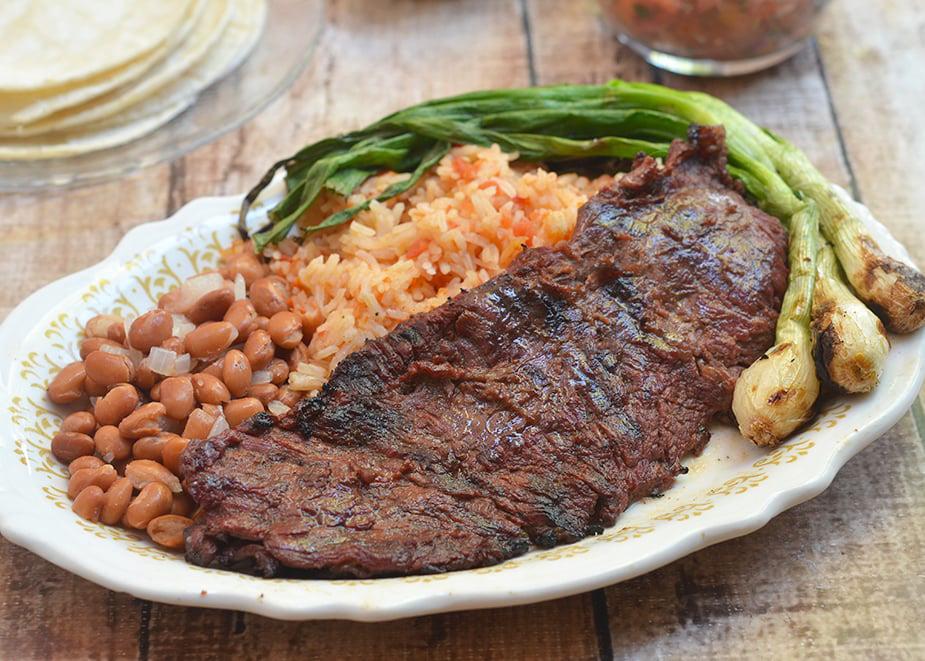
RECIPE CREDITS: benny Requena, Building Maintenance


This dish symbolizes family. My father made it when I was young, and now I continue the tradition with my children, hoping they’ll pass it on one day. It also reminds me of my home of Tamaulipas, Mexico.
• 2lbs flank/skirt steak
• 2 limes
• 1/4 cup lager beer
• 1/4 cup of Orange Juice
• 2 tbsps tequila
• salt
• black pepper
• 4 garlic cloves, minced
• 1 onion, sliced
• clinatro, diced
marinade
(The longer you marinade, the better the taste)
• In a bowl, whisk together the lime juice, beer, tequila, orange juice, garlic, salt, pepper, cilantro, and onion.
• place the steak in a large container or bag and pour the the marinade over it, and refrigerate.
• Heat a grill or stovetop to medium-high heat.
• Remove the steak from the marinade and add to the grill.
• Grill for 3-5 minutes .
• Let the steak rest before serving or slicing.
• Serve with corn/flour tortillas,
• charro beans,
• mexican rice,
• salsa,
• and guacamole.
Serving: 8-10
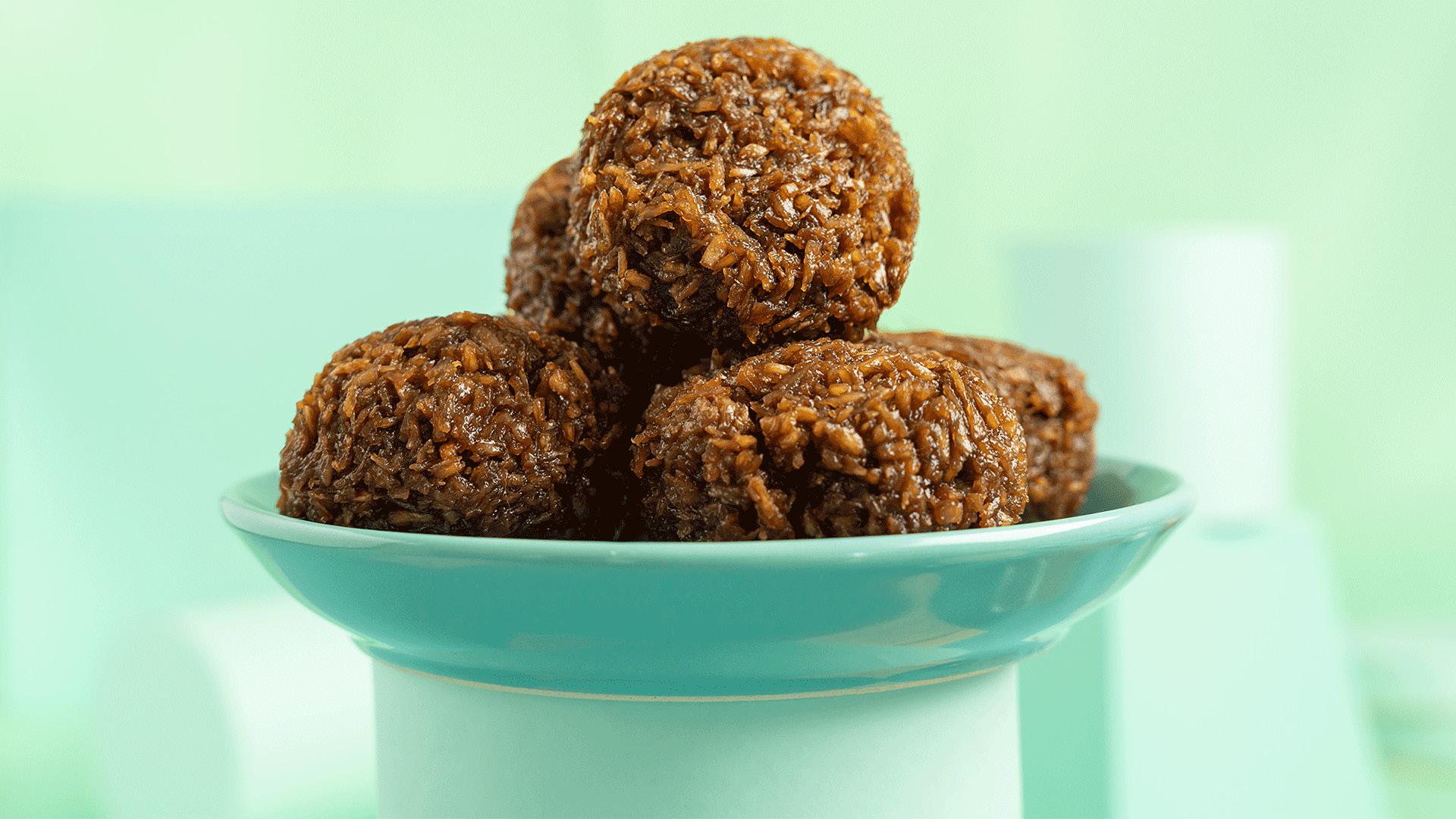
RECIPE CREDITS: Doña Maria
A traditional dessert enjoyed in Costa Rica and Nicaragua, with a vital ingredient from Central America--Coconut.
The word "Cajeta" typically refers to a sweet, caramel-like confection. As a result to spanish influence, it is believed the dessert evolved, blending indigenous ingredients with colonial cooking techniques. There are many variations with slight regional variations in both ingredients and prepration methods.
• 2 cups grated or shredded unsweetened coconut
• 1.5 cups of sugar
• 1 can of sweetened condensed milk
• 1 cup whole milk
• 1/2 tsp salt
• 1 tsp vanilla extract
• 1 stick of cinnamon
• zest of 1 lime
• In a large pot, combine the sugar, whole milk, sweetened condensed milk, and cinnamon stick,
• Heat the mixture over medium heat, stirring constantly to dissolve sugar and avoid burning.
• add the grated coconut and continue stirring the mixture until it thickens and turns a golden color.
• Once the mixture has thickened, remove the cinnamon stick and stir in the vanilla extract, salt, and lime zest.
• Pour the mixture into a greased baking dish or dish lined with parchment paper.
• flatten out evenly, let cool, and set completely before cutting into squares or shaping into small balls.
September 15 - October 15
